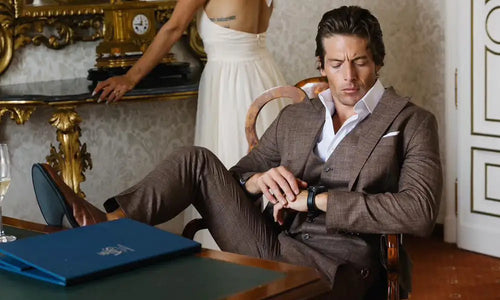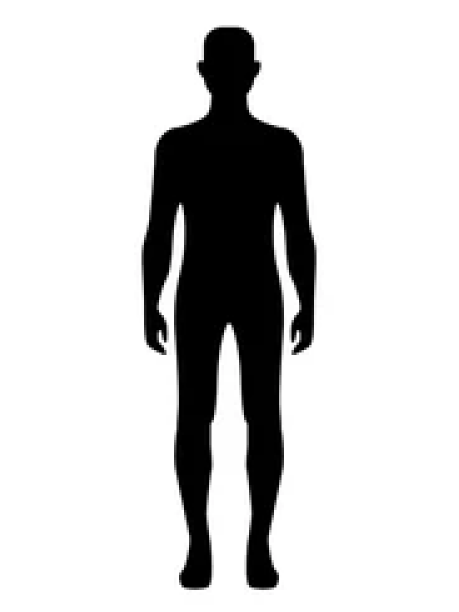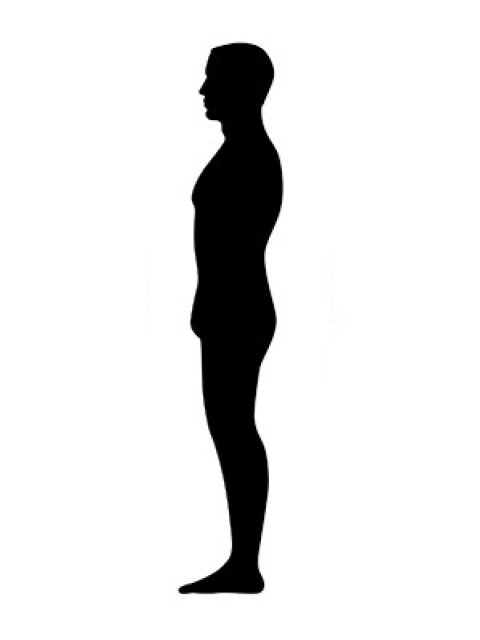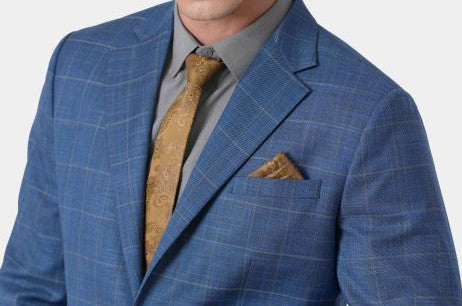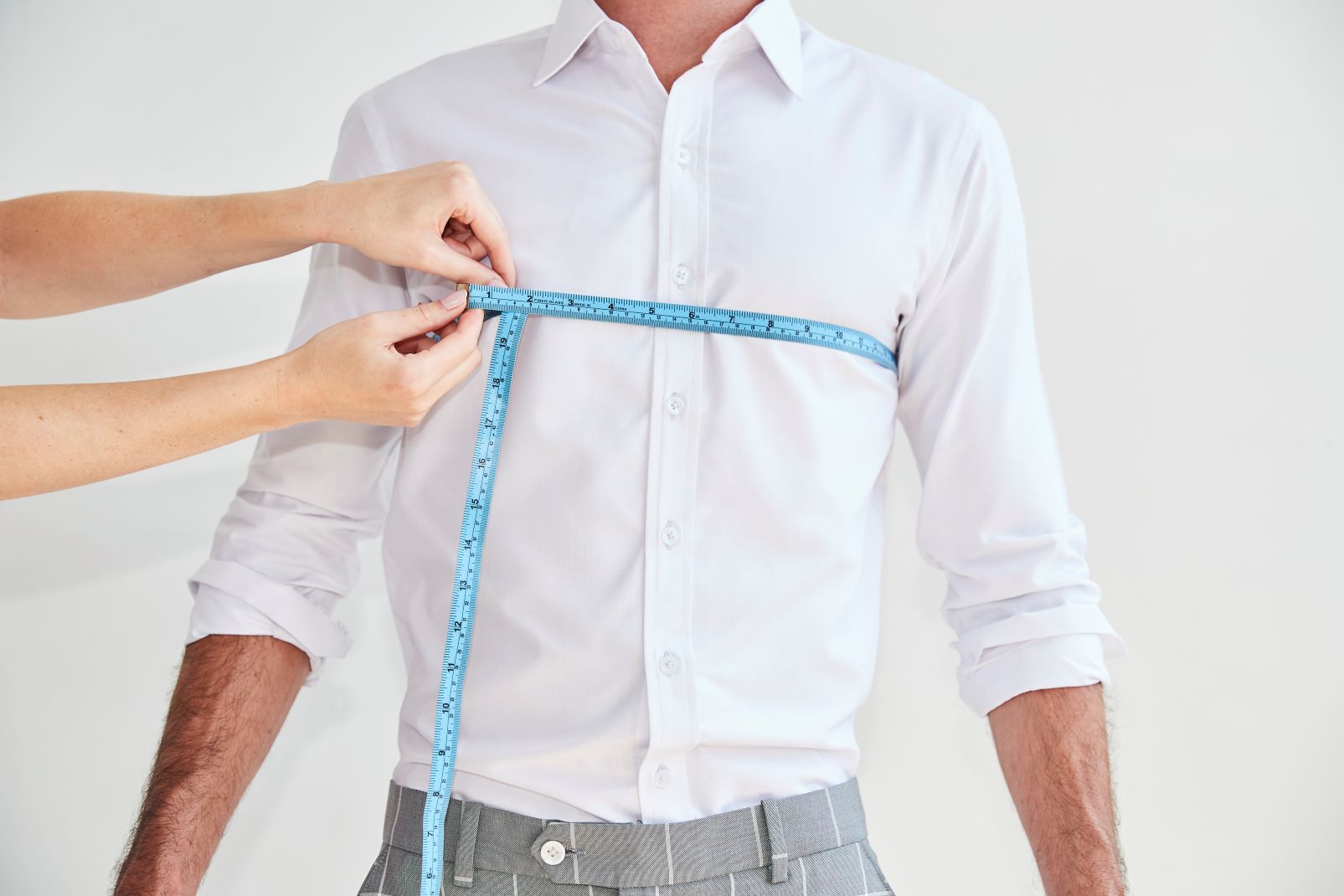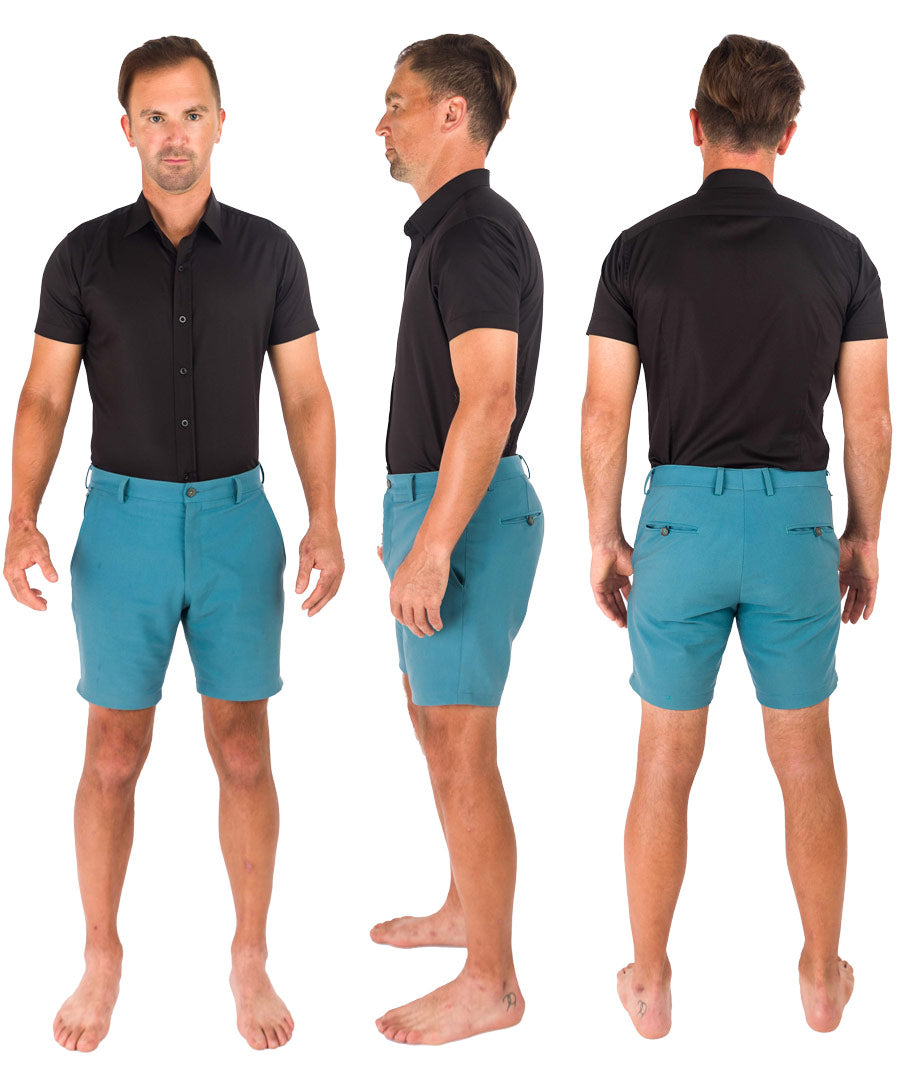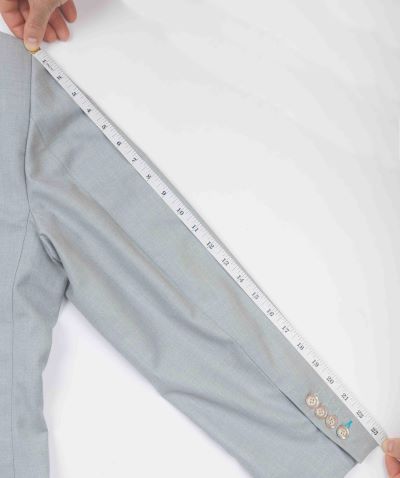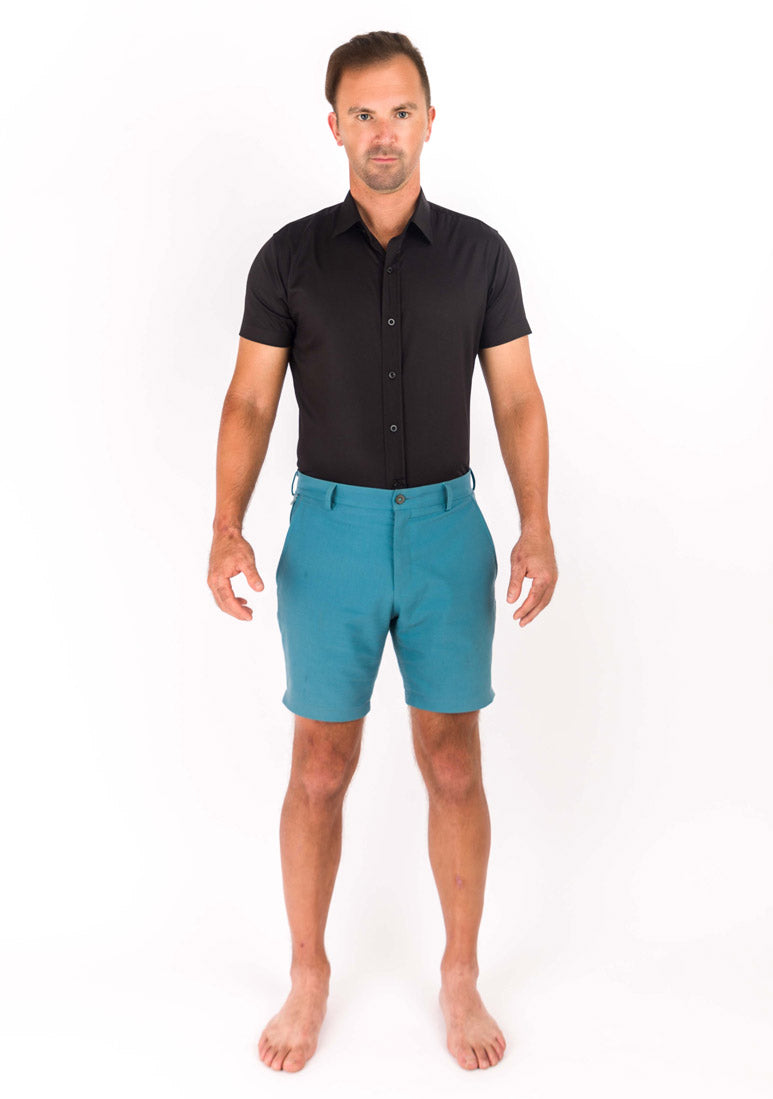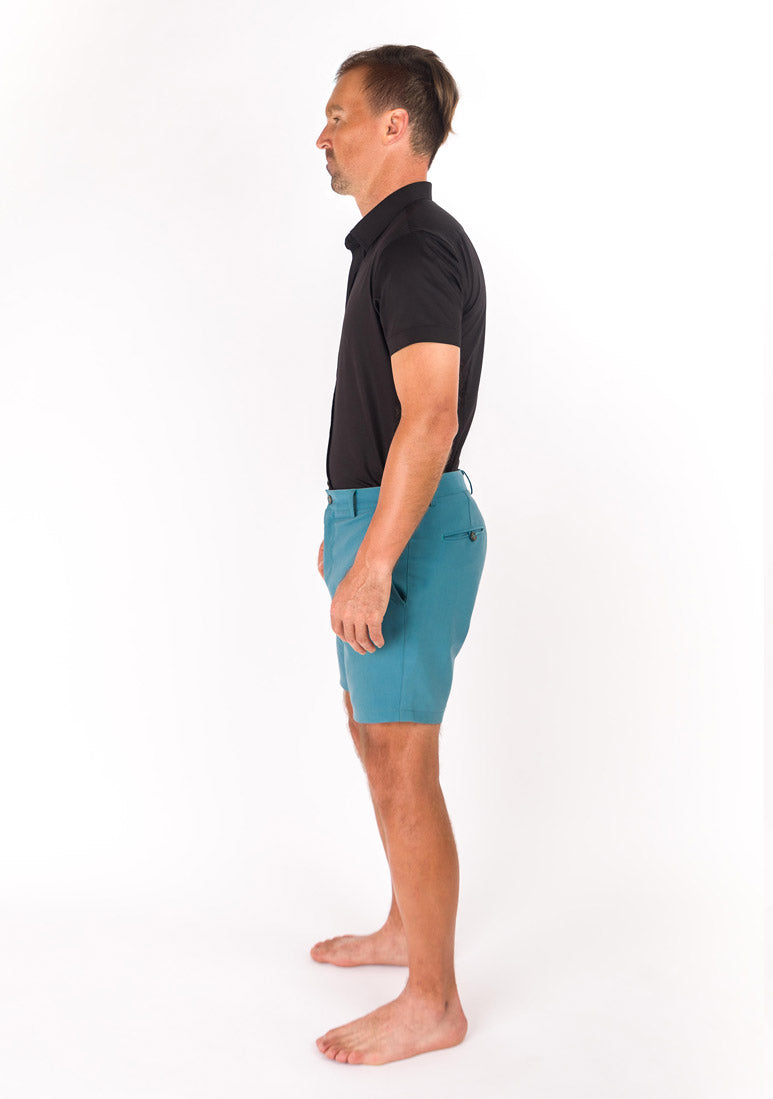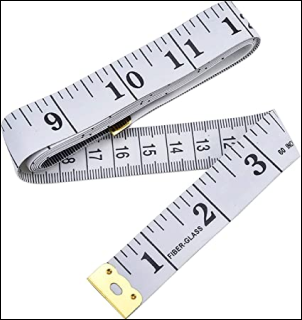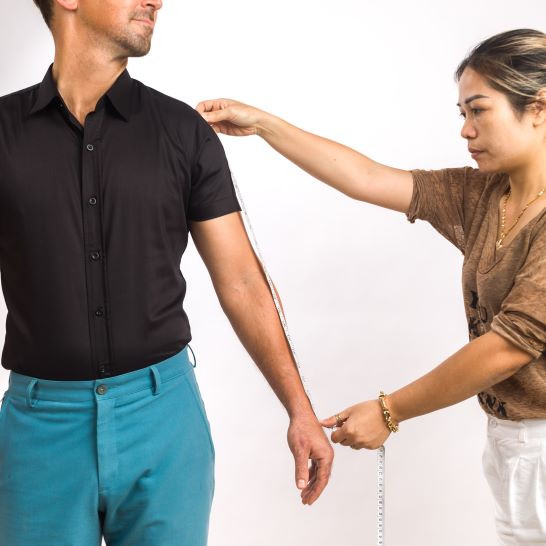How A Tux Should Fit: A Modern Style Guide

Key Takeaways:
- Fit is Key: A modern tuxedo is all about balance and proportion. A perfect fit enhances both comfort and style, creating a confident, flattering silhouette.
- Tailoring Matters: Precision tailoring ensures that your tuxedo complements your individual body shape, making personalization essential for a truly bespoke look.
- Avoid Common Mistakes: Stay mindful of fit errors, like ill-fitting shoulders, misaligned sleeves, or trousers that pool, which can detract from the sharp, sophisticated look you’re aiming for.
A tux that fits right doesn’t just look good—it feels effortless.
Whether it’s your first black-tie event or your first time caring how a tux should fit, you’re not alone. Most guys either rent something too boxy, or get talked into tailoring that feels more red carpet than real life.
At Sartoro, we believe looking sharp shouldn’t feel like playing dress-up. This is your modern guide to getting the fit right—clean lines, confident proportions, and comfort that doesn’t kill your vibe. Nothing uptight, nothing overdone, just authentic style that works for you—wherever the night takes you.
The Importance Of Fit In A Modern Tuxedo
Every element of a tuxedo, from the lapel’s curve to the break of the trouser, is heightened—or diminished—by the precision of its fit. In contemporary menswear, the reverence for classic tailoring meets the expectation of modern comfort. Achieving an impeccable fit is not merely about tradition; it expresses personal style, confidence, and sophistication.
Defining A Modern Fit
The modern tuxedo silhouette is defined by balance and proportion. Today’s fit complements the wearer’s frame without restriction, creating clean lines that suggest both sharpness and ease. Shoulders are structured but not overbuilt, bodies are contoured without feeling tight, and sleeves and trousers follow the body's natural lines. The goal is not to conform to fleeting trends but to embody refinement through subtlety.
The Impact Of Fit On Presence
Fit is the silent ambassador of personal presence. A well-fitted tuxedo allows unrestricted movement while maintaining a composed structure, quietly elevating the wearer in any setting. Whether attending a gala or an intimate celebration, the right fit ensures the tuxedo never wears the man—it enhances him. Each detail, from the jacket length to the trousers' drape, accentuates confidence.
Tailoring For The Individual
No two physiques are identical, and true luxury lies in acknowledging this fact. Modern tuxedo design embraces precision tailoring and is designed for individual measurements and nuances. The result is a garment that honors unique proportions, accommodating broad shoulders, a trim waist, or an athletic build. This commitment to personalization distinguishes the modern tuxedo, making comfort and elegance accessible to all.
How A Tuxedo Jacket Should Fit
The tuxedo jacket stands at the pinnacle of formalwear—meticulously engineered to project confidence, refinement, and poise. The key to unlocking this sophistication lies in achieving a balanced, sculpted fit that flatters your physique without sacrificing comfort or mobility. Below are the fundamental aspects of a modern tuxedo jacket fit, broken down by their most essential elements.
Shoulder Fit
The shoulders of your tuxedo jacket form the foundation of its structure. The seam should sit precisely where your shoulder ends, with no overhang or tightness. A properly fitted shoulder line delivers a sleek and assertive, architectural silhouette, without excess fabric bunching or pinching. If the shoulders are off, no amount of tailoring elsewhere can compensate.
Chest And Body
A contemporary tuxedo jacket is designed to contour your torso, allowing unencumbered movement. The chest should lie flat, with no pulling across the buttons and no gaping when you move. The sides should gently taper inward, accentuating a clean waistline for a tailored but never restrictive effect. Find the balance between neatly fitted and elegantly nonchalant.
Sleeve Length
Precision is essential when it comes to sleeve length. The ideal tuxedo sleeve stops just at the wrist bone, revealing about a quarter to half an inch of your shirt cuff. This understated detail subtly signals intentionality and attention to quality.
Jacket Length
Traditionally, the bottom edge of the tuxedo jacket should cover your seat and align with your knuckles when your arms are relaxed at your sides. This proportion ensures visual harmony and elongates the profile, projecting an effortless, modern elegance.
Lapel And Collar
The jacket collar should rest smoothly against the back of your shirt collar, without any visible gaps or bunching. Lapels, whether peaked or shawl, should lay flat on the chest and enhance the overall ensemble's shape and authority. The clean transition between jacket and shirt amplifies the look's sophistication, ensuring your tuxedo communicates subtle luxury in every detail.
How Tuxedo Pants Should Fit And Break
The fit of your tuxedo pants offers a critical foundation for your overall look. Achieving the right balance of comfort and sleek tailoring is essential, ensuring your ensemble communicates refined sophistication without compromise. From waistband to hem, every detail matters—each contributing to a silhouette that exudes confidence and timeless style.
Waist And Seat: Crafted For Comfort And Stability
Start with a waistband that sits snugly at your natural waist without pinching or gaping. The trousers should be secure enough to stay in place without needing a belt—remember, classic tuxedo style calls for suspenders or side tabs. In the seat, expect a streamlined fit: fabric should lie smoothly across your hips and rear, free from excess material or tension. Proper tailoring reveals a sharp contour, never sagging or pulling.
Thigh And Leg: A Contemporary, Tapered Profile
Modern tuxedo pants embrace a tailored, not skinny, aesthetic. The thigh should allow movement while maintaining a slim visual line. A gentle taper projects a sleek finish down the leg, skimming the calves without restricting airflow or mobility. The overall impression: crisp, clean, elegantly understated.
Hem And Break: The Final Flawless Touch
At the bottom, focus turns to the break—how the trouser hem rests on your shoe. A minimal or "no break" is standard for the contemporary gentleman, creating a sharp, elongated silhouette. The hem should either just touch the top of your shoe or rest slightly above it, without bunching excess fabric. This unobtrusive finish reinforces the tuxedo’s modern aesthetic, allowing your shoes to shine and your look to flow seamlessly.
How Should A Tuxedo Shirt Fit?
A flawlessly tailored tuxedo begins with a shirt that fits to perfection, serving as the literal and figurative foundation of your black tie ensemble. The tuxedo shirt should accentuate your silhouette, offer ease of movement, and remain crisp and refined all evening. Let’s break down the key details of a proper tuxedo shirt fit in the spirit of modern sophistication.
Collar
The collar should sit comfortably against your neck, allowing space for one finger to slide between the fabric and your skin. It must be structured enough to support a bow tie without any sagging or gaping. The goal is a clean frame for your face that stays sharp for photographs and close encounters.
Shoulders
Look for a seam that hits precisely at the edge of your shoulders. The shirt should drape smoothly across your upper back, preventing pulling or bunching beneath your tuxedo jacket. A fit that’s too snug restricts movement, while a baggy fit ruins the shirt’s elegance.
Chest And Torso
The shirt’s body should lightly skim your torso. There should be enough room to move and breathe, yet not so much fabric that you create ballooning or unsightly sagging under the jacket. Skilful tailoring ensures that the shirt flatters your chest while maintaining a streamlined, modern profile.
Sleeves
Tuxedo shirt sleeves should end at the break of your wrist bone, allowing a discreet half-inch of cuff to peek beyond the jacket sleeve. The fit should be slim but not tight, facilitating smooth, comfortable motion, pivotal for handshakes, toasts, and dance floor moments.
Length
The shirt’s hem should be long enough to stay neatly tucked when you move, sit, or reach. An ideal length prevents the shirt from riding up, keeping your look impeccably polished throughout the event.
Cuffs
French cuffs or convertible cuffs should fit snugly but comfortably around your wrists. They must be secure enough for cufflinks, without leaving marks on your skin or restricting blood flow.
Fit Tips For Different Body Types
A tuxedo’s purpose is to create a striking silhouette that is flattering, balanced, and refined. However, achieving this ideal fit requires a nuanced understanding of your body’s unique proportions. The right tuxedo is not a matter of size alone, but of harmony between fabric, structure, and physique. Here are tailored tips for the most common body types, ensuring every man can find his best fit.
For Athletic Builds
Men with broad shoulders and a tapered waist benefit from structured jackets emphasizing a V-shape without excess bulk. Opt for a slightly nipped waist and higher armholes, which follow the body’s contour but allow freedom of movement. Trousers should be slim but not restrictive, skimming the thigh for a sharp but comfortable effect.
For Slim Frames
Select a jacket with a closer fit and softer shoulders to add dimension without sacrificing elegance. Avoid excessively padded styles—natural structure keeps the look contemporary. Trousers with a gentle taper and minimal break elongate the legs, while a single-breasted jacket prevents overwhelming a slender stature.
For Broader Builds
Balance is essential for men with more substantial physiques. Look for jackets with subtle waist suppression and a classic two-button stance to draw the eye upward. Wider lapels create proportional harmony with a larger frame. Flat-front trousers with a straight leg offer polish while ensuring comfort.
For Tall Men
Proportion control is key for taller gentlemen. Longer jacket lengths and medium-width lapels ensure the tuxedo complements your stature rather than exaggerating it. Maintain a slight break in your trousers, and opt for double vents in the jacket for optimal movement.
For Shorter Builds
To give the illusion of height, prioritize jackets that sit just above the seat with a higher button stance. Trousers should have minimal break and a slight taper to elongate the legs. Narrower lapels and properly clipped sleeves prevent fabric from overpowering a more petite frame.
Common Tux Fit Mistakes To Avoid
Even the most luxurious fabric or remarkable tailoring can't compensate for a poor fit. Understanding what to avoid is just as crucial as knowing what makes a tuxedo look exceptional. Here are the most frequent missteps that can undermine even the most refined ensembles.
Jacket Is Too Tight Or Too Loose
A tuxedo jacket should contour your body without constriction. One of the most common errors is selecting a jacket that hugs too tightly around the chest or billows awkwardly at the sides and back. If you can’t comfortably fasten the top button or notice telltale creasing across your midsection, it’s time to reconsider your size. Conversely, excessive room through the torso or sleeves disrupts the tuxedo’s sharp silhouette, leading to a look that lacks sophistication.
Trousers That Pool Or Bind
The break of your trousers, how they meet your shoes, says much about attention to detail. Pants that are too long will puddle at the ankles, while those hemmed too short risk revealing socks and disrupting the leg line. Equally problematic is a waistband that pinches or sags—ideally, tuxedo trousers should rest comfortably at your natural waist, secured but never restrictive.
Sleeves And Cuffs Out Of Proportion
Impeccable sleeve length is a hallmark of refined tailoring. Jacket sleeves should reveal a quarter to half an inch of shirt cuff—no more, no less. A jacket sleeve that overwhelms the shirt cuff signals a lack of balance, just as bare wrists do. Likewise, shirt sleeves must neither ride high nor fall past the hands.
Shoulders That Don’t Sit Right
A tuxedo’s structure begins at the shoulders. Ill-fitting shoulders—either sagging over your biceps or creating unsightly divots from being too narrow—undermine the garment’s architectural sharpness. Shoulders should lie flat and align with your natural shoulder line, with a smooth, uninterrupted transition down the arm.
Ignoring Proportions And Body Type
A final pitfall is failing to account for your proportions. What flatters one man may overwhelm another. Tuxedo design, lapel width, and pant cut should all be thoughtfully considered based on height, frame, and personal style rather than simply following the latest trend or off-the-rack standard.
Final Thoughts
Wearing a tuxedo shouldn’t feel like slipping into a costume—it should feel like stepping into your most confident self. The right fit is the foundation of that feeling. From shoulder seams to trouser breaks, every detail matters when creating a look that’s modern, comfortable, and authentically yours. At Sartoro, we believe your tux should work with you, not against you. Whether you’re customizing your first tux or refining your go-to formal look, the secret is in the fit: precise, personal, and undeniably polished.
Read also:
Frequently Asked Questions About How A Tux Should Fit: A Modern Style Guide
What is the difference between a tuxedo and a suit?
A tuxedo incorporates satin or grosgrain accents—typically found on the lapels, buttons, and stripes of the trousers—while a suit is crafted entirely from the same cloth. Tuxedos are reserved for formal events and paired with classic accessories such as bow ties and patent shoes. In contrast, suits offer versatility for various occasions, from the office to less formal gatherings.
How tight should a tuxedo vest be?
A tuxedo vest should fit closely to your torso, gently contouring your frame without pulling or creating visible tension along the buttons. It should lie flat against your shirt and remain comfortably snug, ensuring unrestricted movement and a sleek silhouette under your jacket.
Where should a tuxedo jacket button fall when closed?
The main button (or buttons) on a tuxedo jacket should always sit at or just above your natural waist. This placement ensures optimal balance, elongates the torso, and preserves the clean lines tailored to your individual proportions, hallmarks of a well-fitted tuxedo.
What to do if a rental tuxedo doesn't fit properly?
If a rental tuxedo feels off—whether too loose, tight, or ill-proportioned—request adjustments or inquire about swapping individual pieces. Alterations are sometimes available on-site. However, consider a custom tuxedo from Sartoro, tailored through digital measurements and unparalleled craftsmanship, for a silhouette that reflects your style and comfort.
Is it necessary to wear a cummerbund with a tuxedo?
A cummerbund serves aesthetic and traditional purposes, elegantly concealing the waistband and adding structure. While optional today, it remains a refined choice, particularly for black tie events. If opting for a cummerbund, coordinate its fabric and color with your bow tie for harmonious sophistication.
How should a bow tie fit with a tuxedo?
Your bow tie should rest comfortably at the collar, neither pinching nor drooping. The bow's width should not extend beyond the edges of your face, maintaining proportion with your collar and lapels. Whether pre-tied or self-tied, seek a crisp, balanced look that enhances the formality of your attire.
